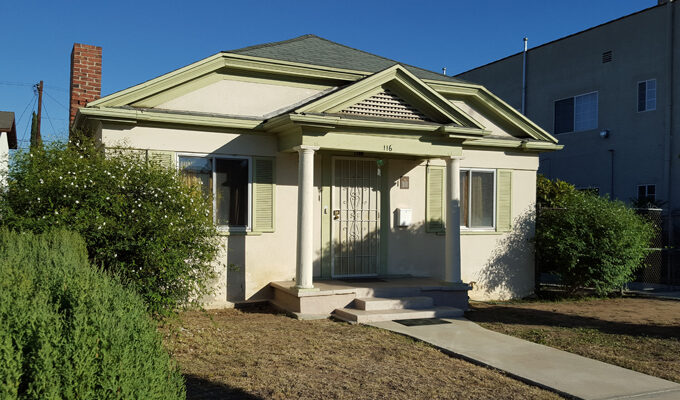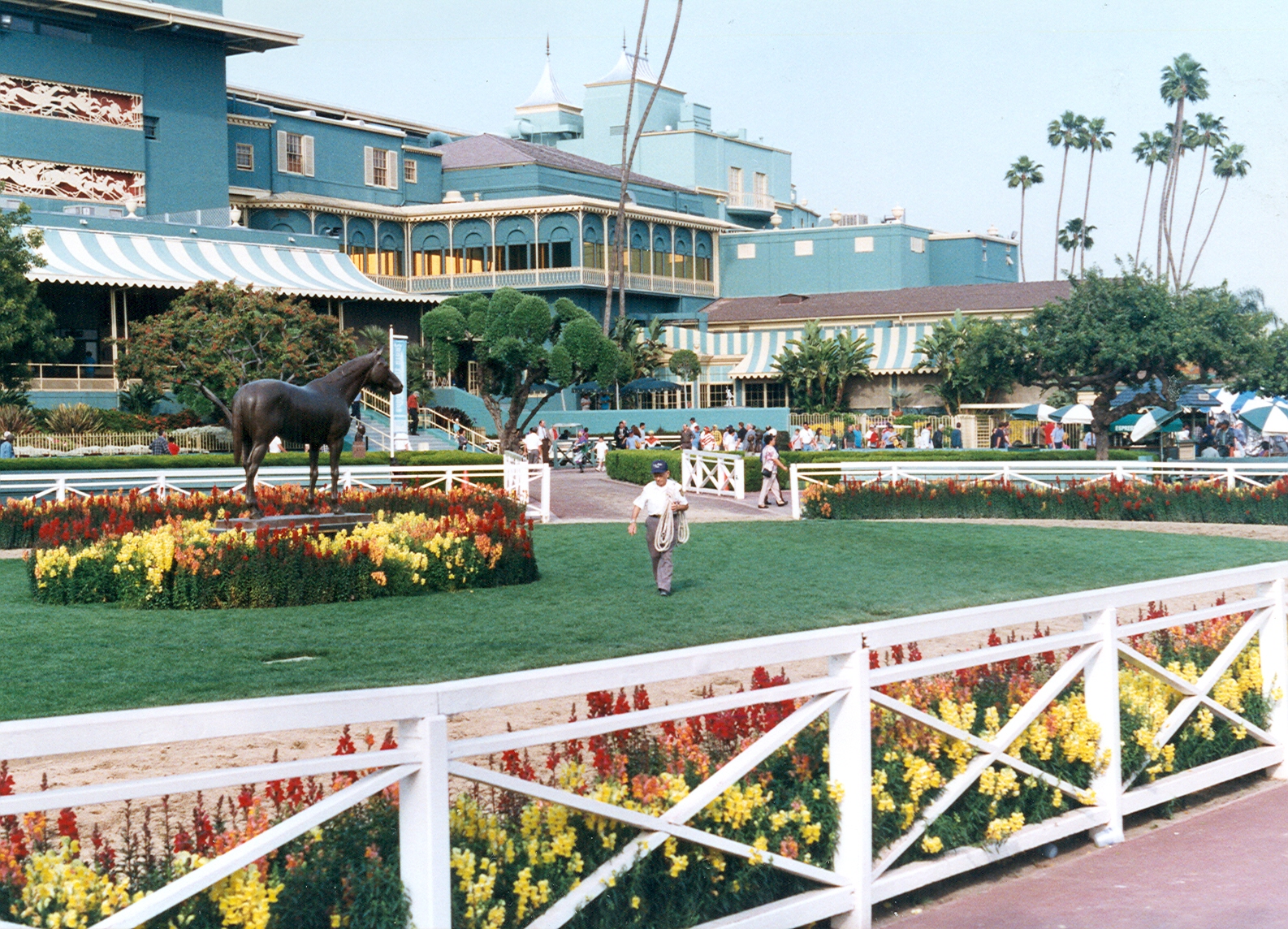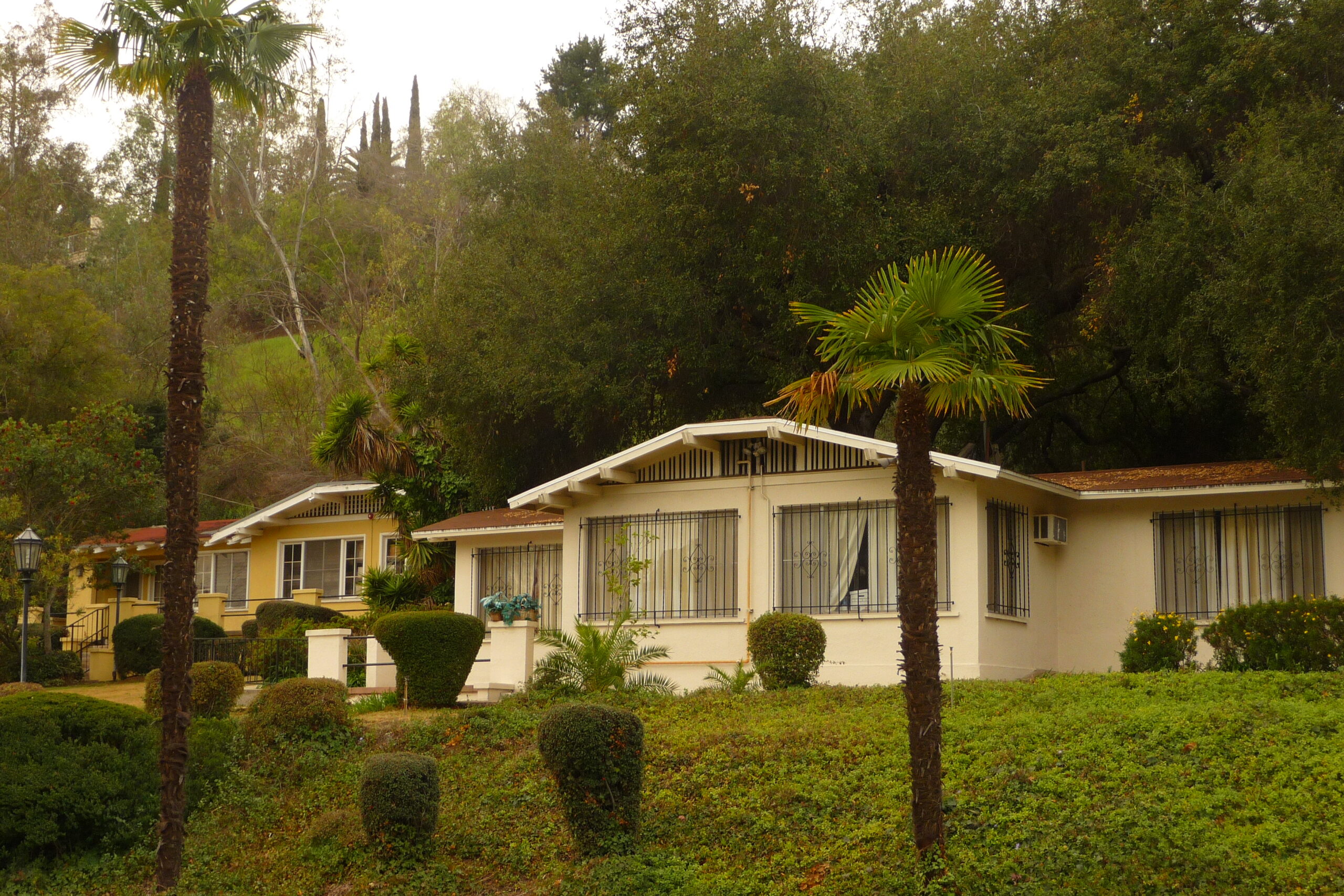
Place
Liberation House
The original Liberation House in Hollywood represented a response to the increasing numbers of LGBTQ individuals living on the streets in the 1970s.
Place Details
Address
Get directions
Style
Decade
Property Type
Community
In 1971, the Gay Community Services Center (GCSC) transformed this modest Colonial Revival-style bungalow into a haven for formerly homeless LGBTQ individuals.
The GCSC was an offshoot of the Gay Liberation Front (GLF), which was founded by gay rights activists Harry Hay, Don Jackson, and Morris Kight in response to the 1969 Stonewall Riots in New York.
The GCSC was formed to provide a greater support system to the group's constituents. It continued after the GLF formally dissolved in 1972.
In response to the large number of homeless LGBTQ individuals living in Los Angeles, particularly adolescents, the GCSC began leasing the house to young people who had been living on the streets. Residents paid $1.50 per day toward rent and utilities.
The demand for placement in the house became so great that the GCSC created four other Liberation Houses to reduce the number of LGBTQ people living on the streets.
The GCSC also opened the Funky Gaywill Shoppe and Recycling Center on Griffith Park Boulevard to provide employment for residents of the Liberation Houses.
Today, the GCSC, now known as the Los Angeles LGBT Center, is the world's largest LGBTQ community organization.



